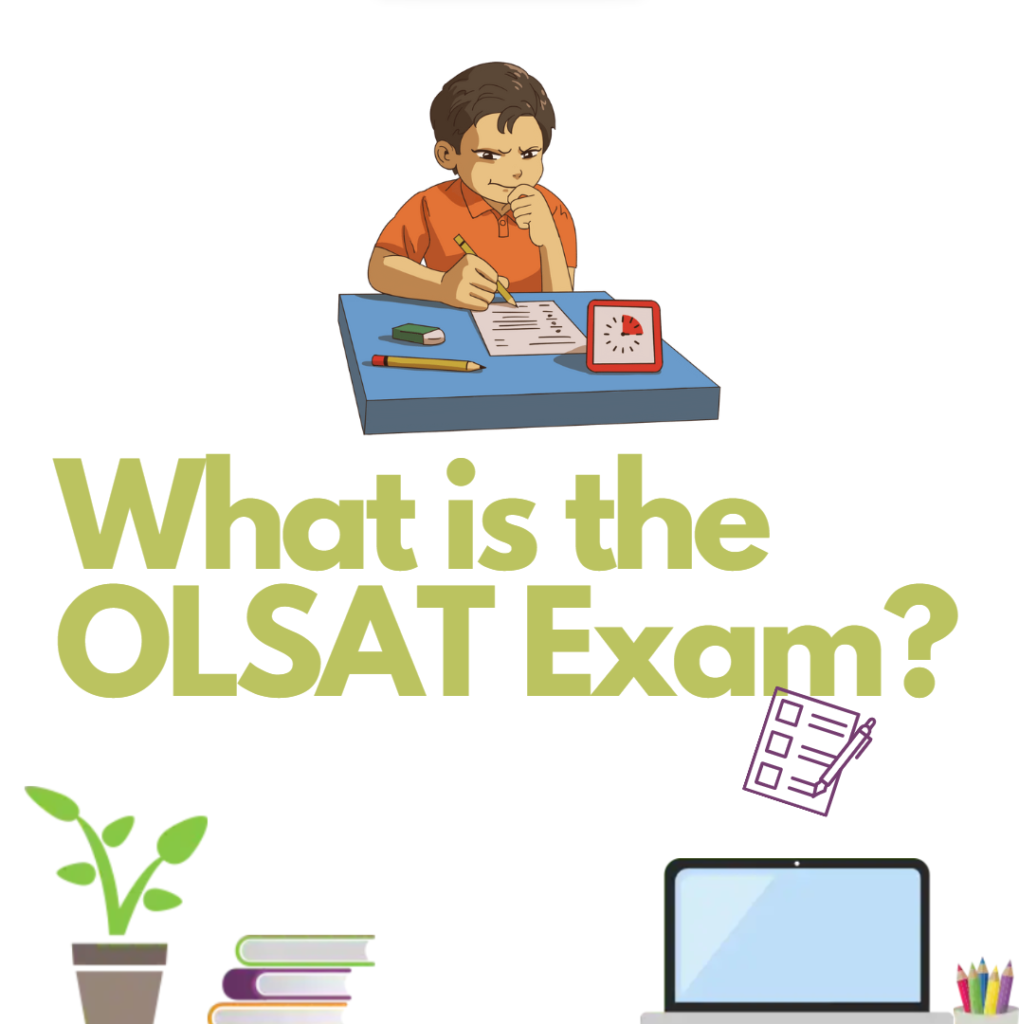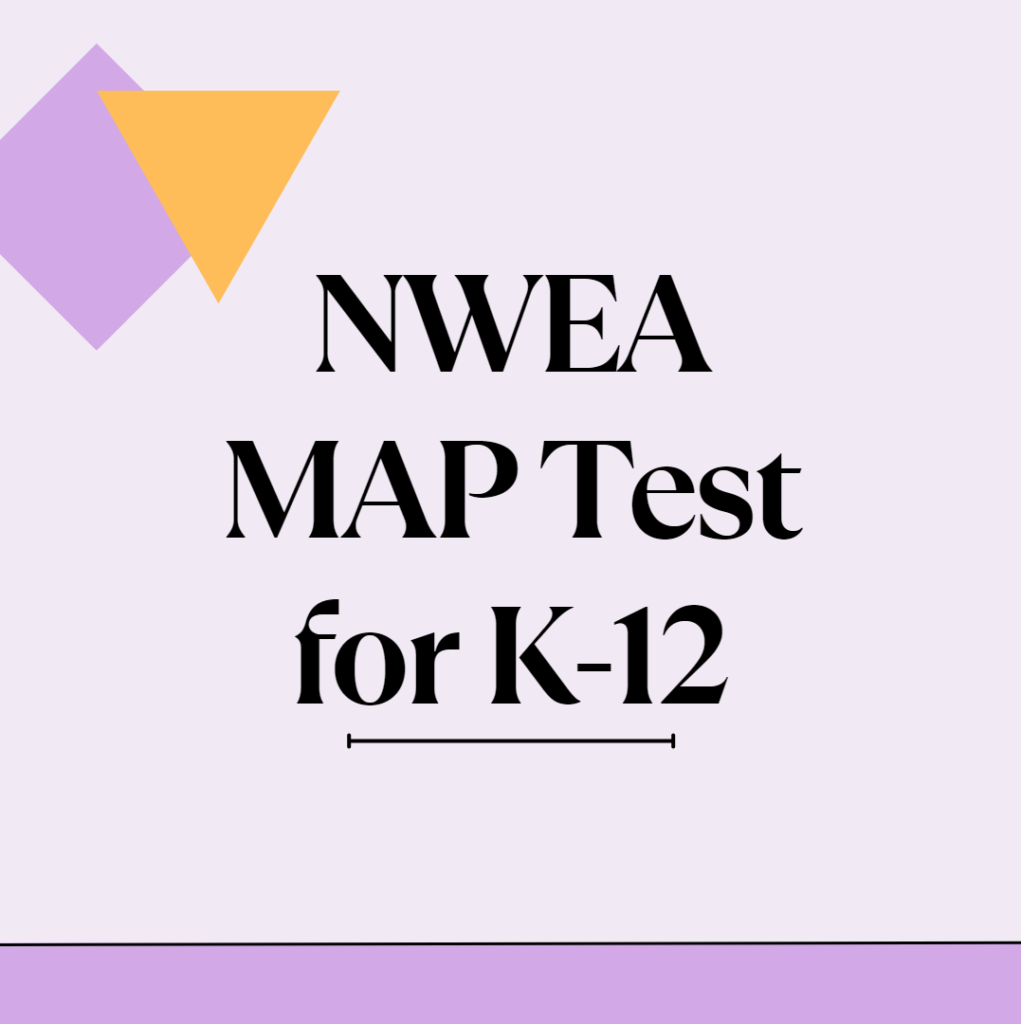What is the OLSAT?
Otis-Lennon School Ability Test® (OLSAT) is a reasoning test for K-12 school children that independent school districts conduct to assess the eligibility for the gifted and talented programs in schools. This test is similar to the CogAT ®, which again is a reasoning test that schools conduct for entry into the gifted programs. Typically, these tests are conducted in the fall months at the beginning of the academic year to assess the student level.
Gifted Program Admission in the United States
In the United States, admissions for the gifted program in schools mostly varies based on state, city, or school district. Often the gifted tests might also be assessed along with the SAT-10 (Stanford Achievement Test). Often, gifted tests are administered to all students in a certain grade. In some instances, a teacher or parent nominates a student believed to be gifted, and refers the student to take a gifted children test.
Gifted and Talented education programs provide beneficial learning environments for children that differentiate between each child’s learning needs.Gifted programs and schools are becoming increasingly more competitive as mentioned in The New York Times article snippet below.
“Nearly 5,000 children qualified for gifted and talented kindergarten seats in New York City public schools in the fall, 22 percent more than last year and more than double the number four years ago, setting off a fierce competition for the most sought-after programs in the system. Out of the children that qualified, not all were granted a spot in a NYC gifted school.”
There are other tests too that are used for admissions into the gifted programs. For example, some of the most common gifted children tests, such as the Otis-Lennon School Ability Test (OLSAT), Naglieri Nonverbal Ability Test (NNAT), Cognitive Abilities Test (CogAT), New York City Gifted & Talented Test (NYC G&T), and the School and College Ability Test (SCAT).
So, what does the OLSAT test?
The OLSAT tests verbal, quantitative, and visual (pictorial) reasoning of kids. The OLSAT consists of verbal and nonverbal sections. The verbal section contains verbal comprehension and verbal reasoning questions while the nonverbal section contains different types of pictorial reasoning, visual thinking and quantitative questions. The verbal and nonverbal sections can also be administered in standalone fashion depending on what the school or district is looking for. For example, gifted program administrators of some schools use the OLSAT to assess the verbal abilities and rely on the NNAT to assess the non-verbal abilities.
On the CogAT and OLSAT, the raw score is calculated by simply adding the number of correctly answered questions. Students are not penalized for missed questions or incorrect questions. For this reason, you should advise your child to guess if he is unsure about a question. Answer as many questions as possible.
Different Levels of the OLSAT
There are different levels of the OLSAT exam for different age groups and grades and with different difficulty levels. Kindergarten students take the level A, grade 1 students take the level B, and so on as shown below.
Practicing multiple types of questions and tests, building familiarity of the test. It is important for the student to understand individual strengths and weaknesses and prepare accordingly. Our tutors provide the right basics and intuition required to solve various reasoning questions on the OLSAT by customizing the program for the child specifically.
If you’re looking for learning guidance for the OLSAT Exam, then you can book a free trial class on our gifted program page.
Hope this is useful, thank you.
Disclaimer: OLSAT is a registered trademark owned by Pearson.
You may like to read about the Math Kangaroo Test USA.


